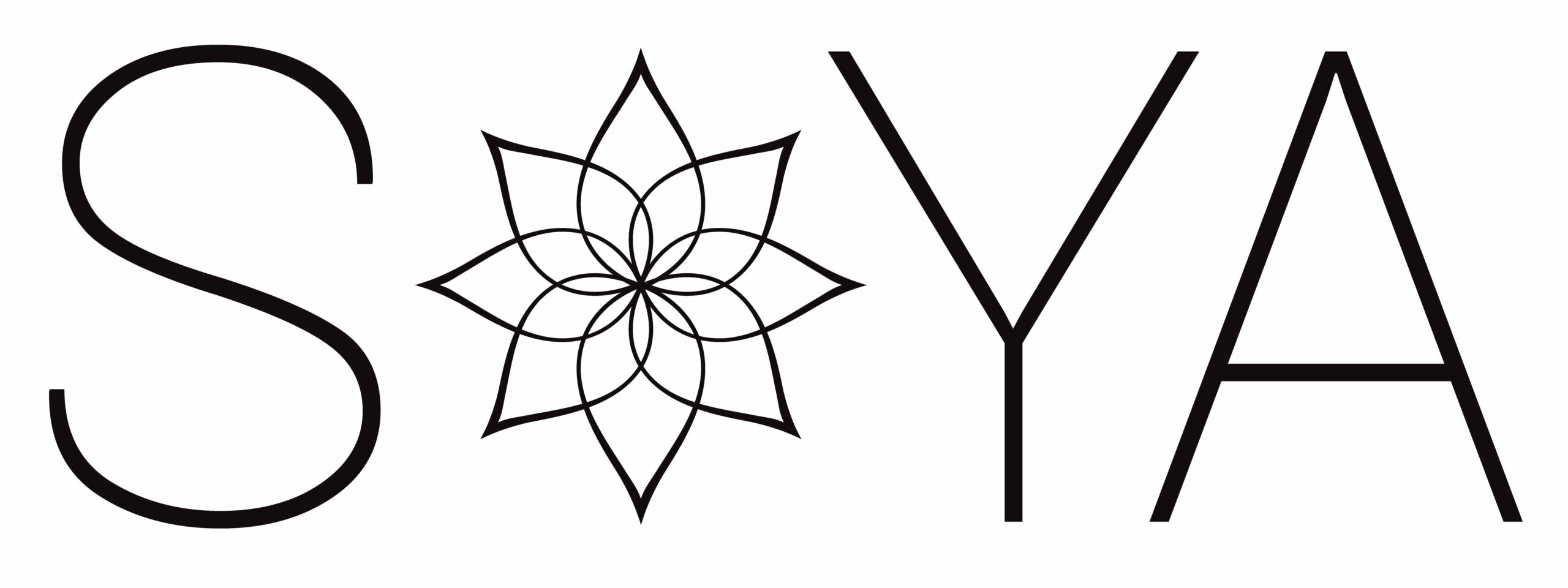There is much symbolism in the mythology of Nataraja.
Nataraja is another name and form for Śhiva who performs the dance of the universe in its ever-changing phases of creation, preservation and transformation. The dance is to remind us that nothing in this manifested universe is permanent, and therefore do not get caught up in the illusions of this material world, for things may not be as they appear.
Nataraja has four arms. The upper right hand holds a small drum in the shape of an hourglass. It represents creation. A drum makes a sound, and creation began with sound.

Depiction of Nataraja, The Lord of the Dance.
“In the beginning was the word…” and yogis believe the cosmic sound of Om is the original manifested expression of the Divine. The beating of the drum represents the passage of time.
The upper left hand holds a flame representing destruction or transformation, the burning of our attachments and the dissolution of form. The form represents everything created, and everything created is eventually destroyed or transformed into something else. As an example, water can be transformed to ice or steam. Rocks can become pebbles or sand. Nothing manifested remains the same.
The lower right hand is raised in Abhaya mudra, representing fearlessness. This mudra bestows protection and preservation. The lower left hand points downwards in the sign of the elephant towards the raised foot. Elephants lead the way through the jungle of ignorance and confusion.
The raised foot represents liberation, releasing the soul upward toward enlightenment. The other foot is standing on Apasmara, one who is earth-bound by its own confusion, laziness and forgetfulness. These are enemies on our path towards enlightenment, so Nataraja dances on the enemy symbolizing victory over the world of maya, or illusion, transforming it into the power of enlightenment.
The cobra around Nataraja’s waist is the Kundalini Shakti, the Divine force and cosmic power that resides within all. The circle of fire that Nataraja dances within represents the manifested universe with all its illusion, suffering and pain. As Nataraja dances, his long dreadlocks swirl around, knocking the heavenly bodies off course and even destroying them, and all the while he remains balanced. His unkempt hair shows him to be an ascetic, rejecting attachments to society.

Natarajasana, the Lord of the Dance pose

Natarajasana, the Lord of the Dance pose
The Lord of the Dance.
The purpose of the dance is to release us from the illusion of the ego and the physical world, which tend to separate us from the Divine. Nataraja’s dance is taking place within each of us, every moment. Creation, preservation and transformation are continually occurring through time.
Shiva represents the ever-changing world we live in. There are many variations of the Lord of the Dance pose. Try this version of Natarajasana yourself, and consider the power of this symbolism while you are inthe pose. See how to do Natarajasana on the SOYA blog here.
A helpful mantra to cope with change is Om Namah Shivaya. Listen to it here on the SOYA website. Every time we encounter change during our lives there is a little “death” of how things once were. The more effectively and gracefully one can cope with change, the better one is prepared to cope with the transition from this life to death and beyond.
Sources for this article are en.wikipedia.org/wiki/Nataraja and lotussculpture.com. The statue image is a photo by Mugs, and the dancer image is free license from pixabay.

Mugs McConnell, E-RYT500 is a co-founder of SOYA and its Yoga Teacher Training programs. She is the author of Letters from the Yoga Masters, and has been teaching yoga since 1978. Her most significant teachers include Swami Vishnudevanada, Dr. Hari Dickman, Namadeva Acharya, Erich Schiffmann, and Dr. Ananda Balayogi Bhavanani.

Recent Comments